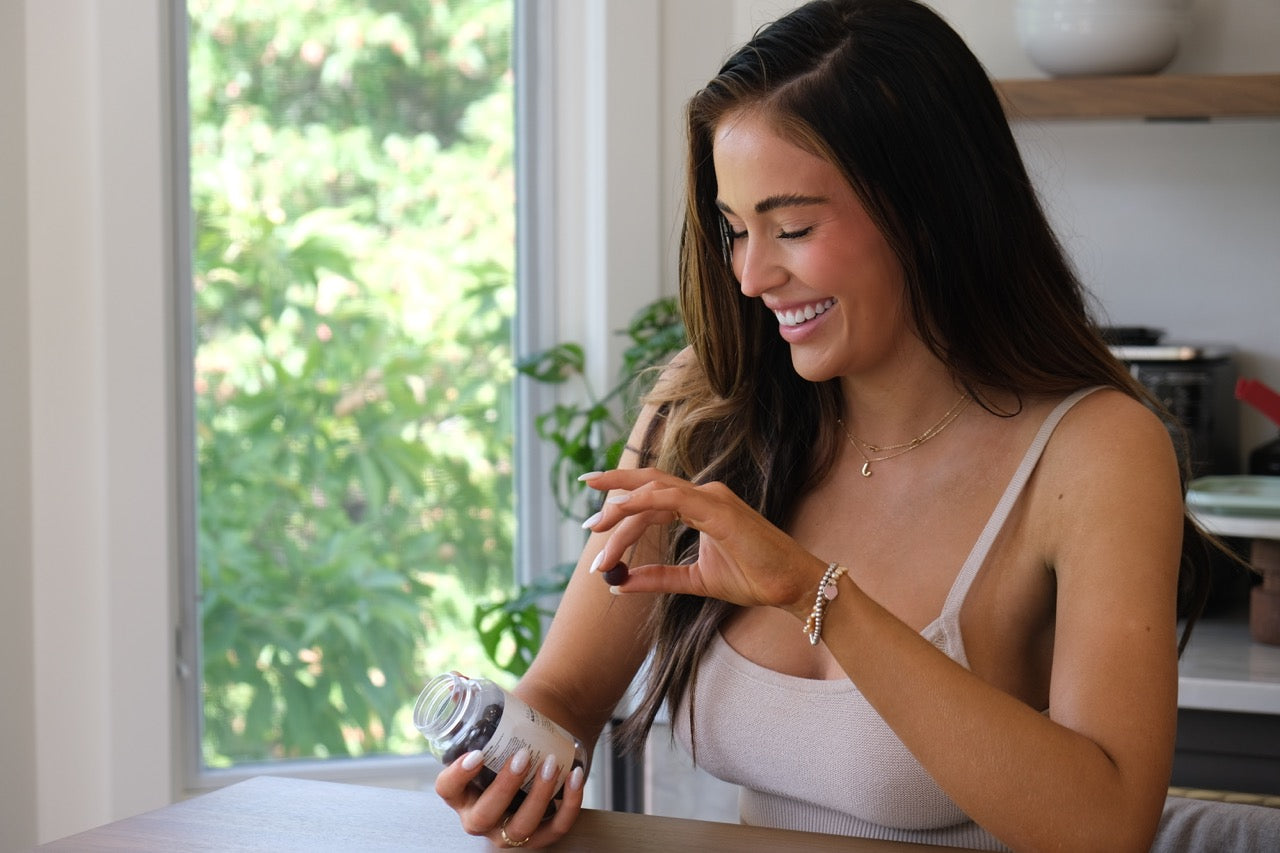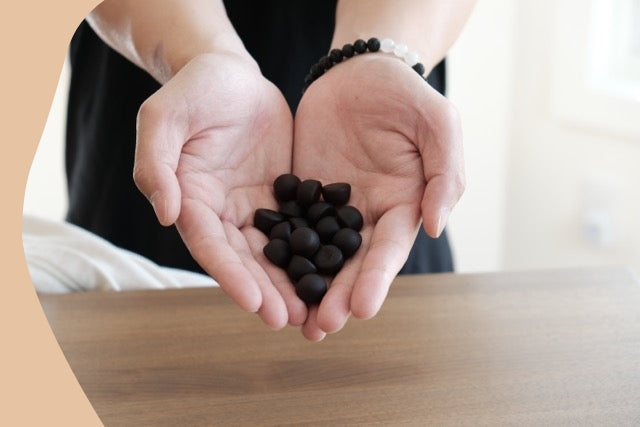
How to Break Out of a Chronic Worry Loop
“What’ll happen if I lose my job?” “Will I too test COVID positive?” “What if I never get to travel again, like ever again?”
Are these a few thoughts that have crossed your mind in recent months? If you said yes, know that it is completely normal. That being said, were they simply fleeting thoughts, or did they have a grip on you to the point of chronic worry and anxiety?
A chronic worry loop is literally when a negative thought spirals out of control in your head; you worry all day long with no positive outcome in sight.
If you are an “I worry about everything” person, a spiral of this nature interferes with your ability to function through the day, and inevitably has an ill effect on your mental health, and overall well-being.
The ongoing COVID-19 outbreak has seen an unprecedented rise in the number of people struggling with anxiety and depression. A study by the Kaiser Family Foundation reported that over half of Americans have claimed that the pandemic has taken a toll on their mental health.
Clearly, the country is dealing with a mass mental health crisis – as is much of the rest of the world.
Given such circumstances, maybe you are prone to anxiety, or maybe not. Either way, being equipped with the right tools to get yourself out of excessive worrying can be a total game-changer in such times.
Let’s dive into:
- Why it is so hard to stop worrying?
- Three ways to effectively break out a chronic worry loop
But first……
Why Do People Worry?
Worrying about a future event allows people to prepare for negative outcomes. Foreseeing a negative scenario allows them to plan for it, which then helps stave off uncertainty.
Our mind perceives anything uncertain as downright fearful. It believes that uncertainty threatens our survival. For this reason, the mind thinks it is justified in creating this endless worry loop.
A basic level of preparedness for the future is certainly beneficial! However, for chronic worriers, negative thought spirals take over their lives. Very quickly, life becomes a series of worst-case scenarios, one calamity after another playing out in their head.
But why are these spirals so difficult to break out of? What makes the chronic worry loop infinitely difficult to control?
Why Can’t Chronic Worriers Stop Worrying?
Emotional addiction is the root cause of chronic worrying loops. Understanding emotional addiction will help in overcoming anxiety.
Neuroscientists have stated that negative emotions can be addictive.
Yes, you heard that right! Emotional addiction, at its core, is our body and brain getting addicted to negative emotions of anxiety or worry. It is not very different from addiction to chocolate ice cream, or even recreational drugs.
Our brain and body do not distinguish between a real experience and a thought which resides in the head alone. And here’s a fun fact – emotions have a direct impact on the body.
In response to the emotions that we feel, our body releases hormones.
When a worry loop kicks in, say “Will I lose my job during this pandemic?”, your brain is already processing the worst-case scenario. In response to one singular thought, fight or flight hormones, adrenaline, and cortisol are released.
The more we worry, the more these hormones are released.
The body gets addicted to heightened levels of adrenaline and cortisol. It then demands that these levels be maintained at all times, no matter what. Which literally translates to your body telling you - “Worry some more, why aren’t you worrying?!”.
Read this next: A Yoga Flow to Become Present & Drop the Worry
What if You Try to Quit Worrying?
Picture this: You read this article and go – “OMG! Is this what is really going on?’’ With this newfound understanding, you are now motivated and make up your mind to quit worrying! Sounds awesome, doesn’t it?
You make conscious efforts to break out of the spiral. And it works! Temporarily, you go from all-day worry to zen vibes.
But, Alas! Cortisol and adrenaline are quickly disappearing, thanks to your zen mood. Alarm bells go off within your body. Kind of like when your car runs really low on gas. A feedback signal is then sent from the body back to the brain. The negative thought spiral is back on. This cycle thus becomes addictive.
If you are a chronic worrier, before you know it, emotional addiction causes a cascade of future catastrophic events to unfold in your head.
The fact that this entire cascade happens unconsciously in most people makes it hard to detect and extremely difficult to break out of.
3 Effective Ways to Break Out of a Chronic Worry Loop
No matter how hard you try, worrying might seem to have a strong grip on you. But it doesn’t have to remain that way. Awareness of this addictive thought spiral can be a great tool to gain control of yourself.
Here are three ways that will help you stop, or at least halt for a time, your anxious thoughts.
1. Practice Mindfulness
Yes! Mindfulness! It’s everywhere on the internet! And for good reason.
When you practice mindfulness, you are training your mind to stay in the present moment. Over time, this helps recognize patterns behind unconscious negative thinking. Eventually, a consistent mindfulness routine will help you get out of an autopilot conditioned programming that keeps looping back to the state of worry.
In addition to meditation, you can incorporate mindfulness during simple everyday tasks.
Mundane routine chores are usually when the mind starts to wander. When you are engaging in a household chore, this is the perfect opportunity for a worry loop to begin.
Instead, replace the negative thought spiral with mindfulness during these mundane tasks (while brushing your teeth, during shower time, while doing the dishes, you get the point!).
Read this next: A Mindfulness Practice for Self-Love
2. Challenge the Negative Thought
Negative thoughts dissipate away when challenged. The mere act of questioning it stops the thought before it cascades into a spiral.
Basically, in challenging the thought you are evaluating the truth of it. You are consciously creating space between thoughts. It is a way to pause and buy time before looping down into a future or past world of doom and gloom.
Space between thoughts allows you to make a conscious choice instead of running on autopilot conditioning. Think of it as being your own therapist. And question the validity of the negative thought.
3. Schedule a Time Slot to Worry
Scheduling screen time can be a great first step for a digital detox. A similar approach can be applied for a thought spiral detox. Scheduling a time slot (or multiple slots) in the day allows for limiting an otherwise all-day negative thought loop which can spiral out of control.
If you are someone who is prone to worry, going from 100 to zero can put undue pressure on the mind, and, quite honestly, it is not a realistic approach. Remember, your brain and body are running on hormone addiction. So, going gentle on yourself is vital for long-term success here.
Scheduling time to worry in this way is you telling yourself, it is okay to worry. It is an act of self-love, and showing compassion to yourself.
You got this….
Maybe you feel enslaved to your chronic worry loop right now. Remember it’s not all doom and gloom. You can most certainly break out of emotional addiction. We believe that you are completely capable of conditioning your mind in new ways.
Worrier vs warrior – Which will you choose?
Related article: How to Let Go of Negative Self-Talk









